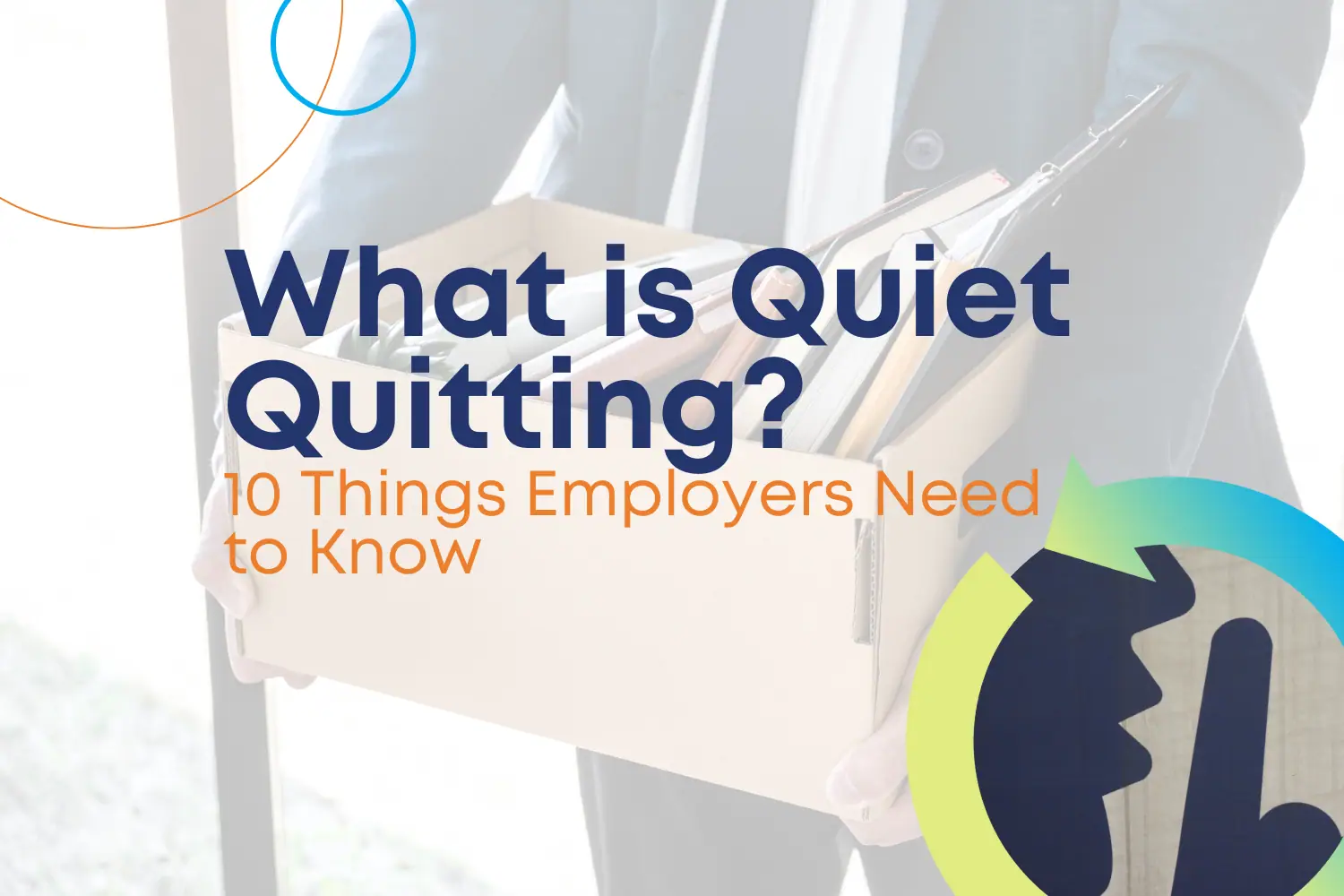Strategic HR Planning for 2021: 8 Key Tactics to Prepare for Labor Shortages

Your strategic HR planning for 2021 may have been focused on pandemic safety measures, or perhaps finally returning your team to the workplace. However, MP’s HR services suggests that employers could very well experience staffing shortages for the majority of 2021. There are a few reasons employers may find themselves short-staffed in the new year for some significant time periods. First, in the latest HR updates, this coming year there will be many state paid family and medical leave programs in place. Workers will be eligible to use their benefits in seven states. The states that currently have paid leave laws in place are California, New Jersey, Rhode Island, New York, Massachusetts, Connecticut, the state of Washington, and Washington, DC. Oregon and Colorado are implementing their leave laws in 2023 and 2024, respectively. There is also a high likelihood that a Biden-Harris administration will push for the creation of a national paid leave programs, resulting in workers being out for weeks or even months at a time. These leaves require job protection and can usually be used for a few things: a worker’s own illness or medical treatment, the birth or adoption of a child, or caring for a worker’s sick family member. Many people have pushed off medical treatment and procedures since the beginning of the pandemic. This will mean that those medical concerns might have been exacerbated, perhaps requiring more treatment and time off. Some people would have taken paid leave anyway, but in 2021 it’s likely to that many people will be doing this all at once, since they were holding off on procedures for so long. In a normal year, leaves might be more staggered. Post pandemic, they may feel more like a stampede. Parents may have also delayed taking bonding leave for a child, but could ask for it during later re-opening phases as they’re asked to return to work. Many of the state-level leave programs allow for this delayed usage of baby bonding time, often up until the child turns one.
The second reason that HR consulting teams like MP’s think that employers may see a shortage in their staffing next year is because people may not feel ready or able to return to the workplace as the pandemic continues. Employees may be able to invoke the ADA to request accommodations or, they may simply use up their PTO or take time off unpaid, especially if they themselves or a family member is at high risk for COVID complications. Returning to the workplace may not feel like a viable risk to take. Parents are also still facing a lack of childcare as schools continue remotely.
Lastly, labor shortages may be exacerbated by the usual reasons for employee absences. Workers will still need to take FMLA, or they may just want to take vacations as soon as it feels safe to travel. As mentioned before, in a normal year this usually happens in a more staggered way. However, if travel bans are lifted, there may be more of an influx of simultaneous time-off requests from your staff.
8 Key Tactics : Strategic HR Planning for a 2021 Labor Shortage
Even if employers experience labor shortages in 2021, they can mitigate them with good planning and preparation. Below are the best HR strategies to get ready for whatever staffing changes 2021, a pandemic world, and paid leave programs might bring to your team.
- Get educated on state laws and federal programs that apply to you. Find out if your state has paid leave laws and how they work. Figure out what federal programs are applicable to your organization, especially based on your size. Larger employers are often subject to different rules than smaller employers. Have a strong understanding of how leaves are applied for by employees and what workplaces need to do. Prepare your HR department or HR provider to help you process them if and when they are requested by employees.
- Enlist HR services if you think you’ll need it. MP’s HR services team can help with challenges like these. It could be worth the money, especially if your team doesn’t have the bandwidth or knowledge to stay in compliance on their own. Handling leave requests incorrectly, or perhaps doing something that may be construed as retaliation, can leave the organization exposed to legal risk, lawsuits, or even just damage to its reputation as an employer (which of course would hurt extra in a year with more labor shortage).
- Do some projections. Anticipate where you might have issues with a staff shortage. What will the effect be? Will you need temporary staff, or can you get by distributing the responsibilities of an employee who has taken leave? How will you handle a situation where multiple people are out at the same time? Having a plan will help make things less chaotic.
- Open the lines of communication with your team. Building trust is important. Ask workers to share with you if they are considering taking leave or significant vacations over the course of the year. Ensure they don’t feel that they will be punished for being candid with you about their needs and plans. (Note that you want to avoid this both because it’s better to have open communication with employees and because you don’t want to be accused of retaliation for a worker’s leave request!) The more open your staff can be with you about potential absences, the better you can plan. This will also benefit staff, as everyone bears the brunt of it when a teammate (or multiple teammates) is out, and the workload still needs to get done.
- Consider extra training for your staff. Training can help workers step in and fill gaps when there are labor shortages and can also boost employee retention. People prefer employers that let them learn and grow. They will be happier and more loyal if you invest in them with training. MP’s suite of training solutions can be very helpful, whether staff is remote, in-person, or out of many different offices. Employers can also create custom trainings, choose from hundreds of pre-created trainings, and easily update and standardize their content.
- Consider time-saving technology or services. If you were ever thinking about solutions to improve efficiency or outsource parts of your operation, this may be a great opportunity. With more robust HCM technology or support services (like MP’s), your team may be better suited to handle staffing shortages now and increase productivity and your bottom line later.
- Prepare to hire. If you anticipate needing to hire temporary or permanent staff to augment the team, it will be easier if you prepare ahead of time. If you don’t have a recruiter, consider working with services like MP’s. Ensure that your web presence and employer brand is strong. Assign somebody to update your Glassdoor, LinkedIn, Indeed, and Vault profiles regularly. You may also want to update your careers pages and look to social media to advertise current openings. Evaluate your organization’s commitment to being a great employer, but also its commitment to diversity and community service. (It’s a best practice to make sure that is apparent in your messaging within job postings.) Both areas could be important to incoming talent, especially Millennials and Generation Z. Outside of your own reputation, identify who your talent competitors are. These are frequently not the same as your product or service competitors. Know where you’ll want to source for the best talent to augment your team in a staffing shortage.
- Start an internship program. Internships are a cost-effective way to bring valuable talent into your organization and train potential permanent employees. At the conclusion of the internship, employers can re-evaluate with interns, and even offer them a full-time position if it’s a good fit. This kind of program is great way to build better talent acquisition strategies long term, not just during staffing shortages of 2021.
Recent Posts
- What Dedicated HCM Support Teams Actually Do
- Why We Choose isolved, Not Just Any Platform: The Smart Way Independent HCM Providers Select Technology
- The 5 Most Common Manager Pitfalls (and How to Avoid Them)
- October 2025 HR Compliance Calendar: Your Proactive Action Plan
- Supporting New Managers Without Overwhelm
Categories
- ACA (10)
- AI (6)
- BizFeed (6)
- Business Strategy (119)
- COBRA (5)
- Compliance (237)
- COVID-19 (92)
- Diversity (12)
- eBooks (19)
- Employee Engagement (33)
- Employee Handbooks (24)
- ERTC (29)
- FFCRA (7)
- HR (308)
- MP Insider (13)
- Payroll (158)
- PFML (9)
- PPP (24)
- PTO (5)
- Recruiting (54)
- Remote Work (39)
- Return to Work (32)
- Unemployment (1)
- Wellness (22)
Archives
- September 2025
- August 2025
- July 2025
- June 2025
- May 2025
- April 2025
- March 2025
- February 2025
- January 2025
- December 2024
- November 2024
- October 2024
- September 2024
- August 2024
- July 2024
- June 2024
- May 2024
- April 2024
- March 2024
- February 2024
- January 2024
- December 2023
- November 2023
- October 2023
- July 2023
- June 2023
- May 2023
- April 2023
- March 2023
- January 2023
- December 2022
- October 2022
- September 2022
- August 2022
- July 2022
- June 2022
- May 2022
- April 2022
- March 2022
- February 2022
- January 2022
- December 2021
- November 2021
- October 2021
- September 2021
- August 2021
- July 2021
- June 2021
- May 2021
- April 2021
- March 2021
- February 2021
- January 2021
- December 2020
- November 2020
- October 2020
- September 2020
- August 2020
- July 2020
- June 2020
- May 2020
- April 2020
- March 2020



